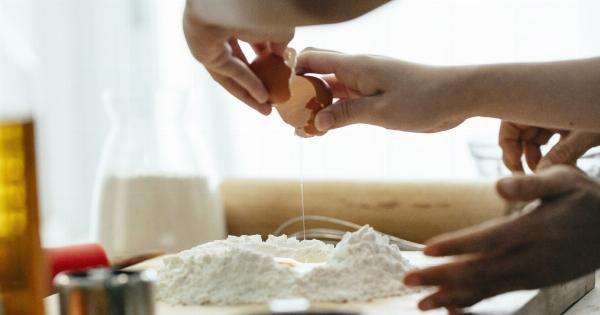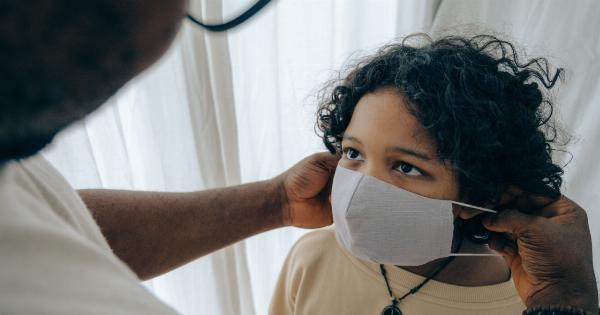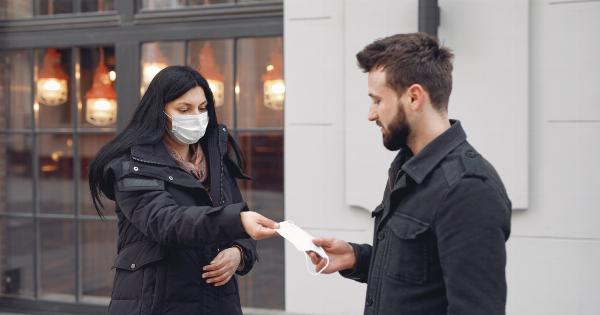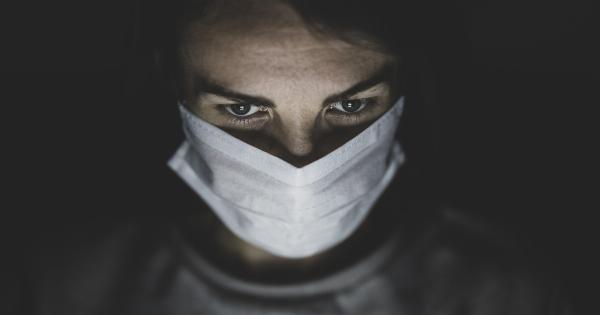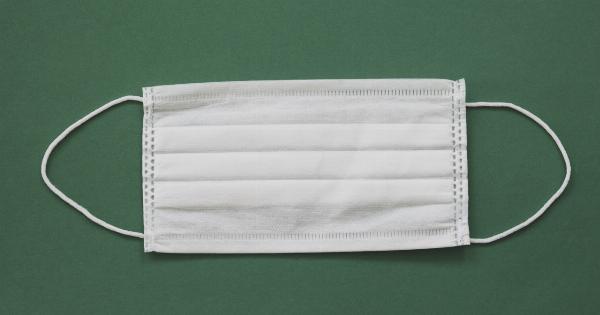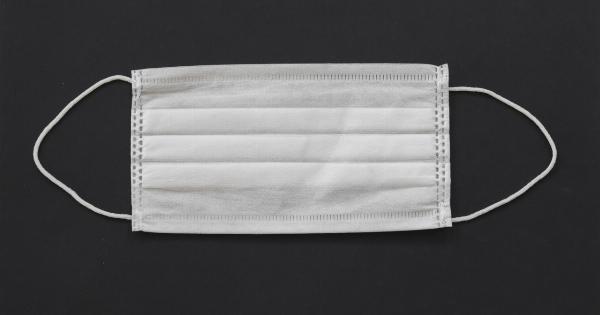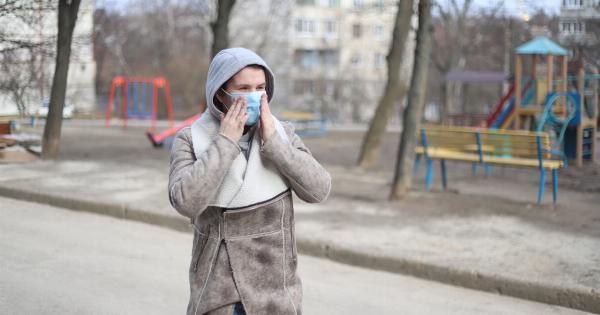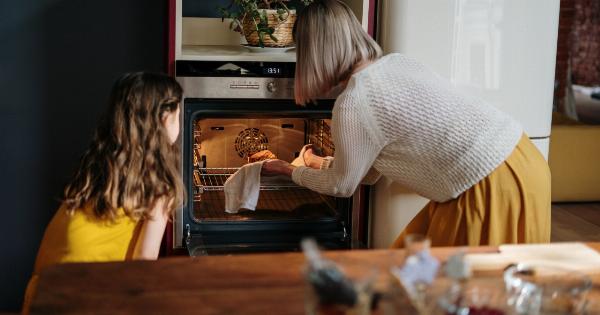Pneumonia is a common respiratory infection that affects people of all ages, but it poses a particularly grave threat to young children.
Childhood pneumonia is often described as a hidden danger due to its ability to go unnoticed until it reaches advanced stages. In this article, we will explore the causes, symptoms, treatment, and prevention of childhood pneumonia, shedding light on the importance of early detection and prompt intervention.
Causes of childhood pneumonia
Childhood pneumonia can have various causes, including viral, bacterial, or fungal infections. The most common type of pneumonia in children is caused by viruses, such as respiratory syncytial virus (RSV) or influenza.
Bacterial pneumonia is usually attributed to Streptococcus pneumoniae, Haemophilus influenzae, or Staphylococcus aureus. In some cases, pneumonia can also be a result of inhaling a foreign object or chemicals into the lungs.
Symptoms of childhood pneumonia
The symptoms of childhood pneumonia can vary depending on the age of the child and the underlying cause of the infection. In infants and young children, common symptoms may include:.
- Fever
- Cough, often with phlegm or mucus
- Rapid or difficult breathing
- Wheezing
- Lethargy or irritability
- Poor appetite
- Bluish tint to the lips or nails
Older children may experience similar symptoms but tend to complain about chest pain, headache, or muscle aches more frequently. It is crucial to seek medical attention if any of these symptoms persist or worsen.
Treatment options for childhood pneumonia
Once diagnosed with pneumonia, children are typically prescribed antibiotics if the cause is bacterial.
Viral pneumonia, on the other hand, does not respond to antibiotics, and the focus of treatment shifts towards managing symptoms and providing supportive care. Pain relievers, fever reducers, and plenty of fluids are often recommended to alleviate discomfort and prevent dehydration. In severe cases, hospitalization may be required for closer monitoring and intravenous administration of medications.
Preventing childhood pneumonia
Prevention plays a vital role in reducing the incidence of childhood pneumonia. Here are some strategies to safeguard children from this hidden danger:.
Vaccinations
Immunizations are one of the most effective ways to prevent pneumonia in children.
Vaccines such as the pneumococcal conjugate vaccine (PCV) and the Haemophilus influenzae type b (Hib) vaccine can provide protection against the common bacteria that cause pneumonia.
Hand hygiene
Regular handwashing with soap and water, especially before eating and after using the toilet, can significantly reduce the risk of infection.
Teaching children proper hand hygiene practices from an early age can instill healthy habits that will protect them from various illnesses, including pneumonia.
Avoiding exposure to smoke
Exposure to secondhand smoke increases the likelihood of respiratory infections, including pneumonia.
Creating a smoke-free environment for children by avoiding smoking at home or in their presence can greatly contribute to their overall health and well-being.
Breastfeeding
Breast milk is known to provide essential nutrients and antibodies that help strengthen a child’s immune system.
Introducing and maintaining exclusive breastfeeding for the first six months of a baby’s life can offer protection against pneumonia and numerous other infections.
Promoting good nutrition
A well-balanced diet rich in fruits, vegetables, whole grains, and lean proteins can bolster a child’s immune system and reduce the risk of infections.
Adequate intake of vitamins and minerals, particularly vitamin A, can play a key role in protecting against severe manifestations of pneumonia.
Conclusion
Childhood pneumonia may be a hidden danger, but with awareness and prompt actions, its impact can be mitigated.
Recognizing the causes, symptoms, treatment options, and preventive measures can empower parents and caregivers to safeguard their children’s respiratory health.
By promoting vaccination, practicing good hand hygiene, reducing exposure to smoke, encouraging breastfeeding, and ensuring proper nutrition, we can create a safer environment for our little ones, shielding them from this potentially life-threatening infection.

